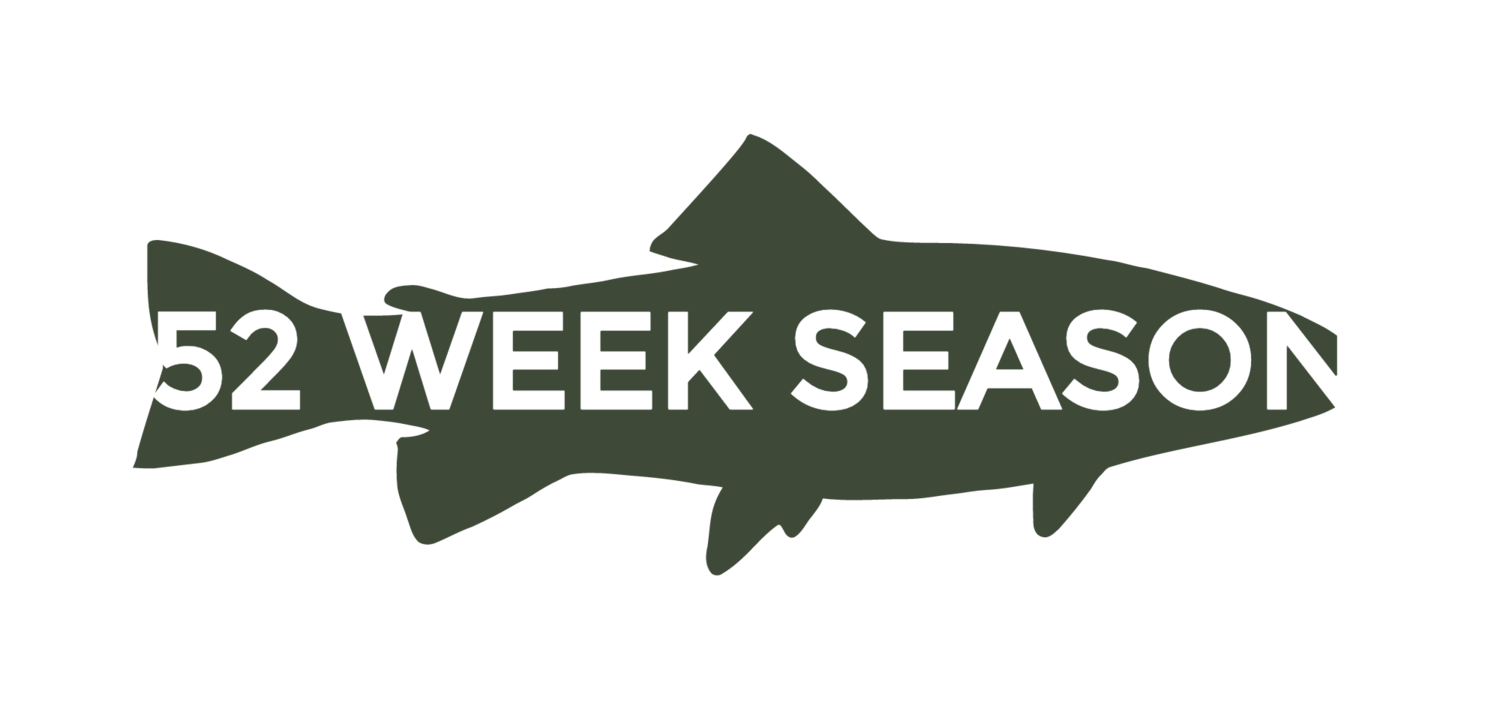Week 3. White Marlin Open: World's Largest Billfish Tournament
As it does the first couple of weeks of every August, the epicenter of the saltwater sportfishing world descends this week on Ocean City, Maryland — or more accurately, 50 miles offshore — for the 43rd annual White Marlin Open.
Thousands of anglers in 329 registered boats will compete for $4.4 million in cash prizes, including a grand prize for the largest white marlin and pay-outs for blue marlin, tuna, dolphin, wahoo, and shark.
As the world’s largest billfish tournament, the White Marlin Open also draws thousands of spectators for the Hemingway-style weigh-ins each night and generates tens of millions of dollars for Ocean City’s top purveyors of diesel and dark-and-stormies.
Anglers this year took advantage of the unseasonably calm weather on Monday to catch and release 497 whites and nine blues. One white also qualified as over 70 lbs and 67” to be boated -- a 76.5 pounder valued at $2.4 million.
Leading white caught on Monday, photo courtesy of White Marlin Open Facebook page.
I caught up with tournament spokeswoman Madelyne Rowan who was gracious enough to take a few moments away from the frenzy to give me a little background on the tournament and also did some research with the Ocean City White Marlin Club, which is celebrating its 79th anniversary.
Maryland wasn’t always a top destination for marlin. It owes that distinction in part to the Hurricane of 1933 that cut the Ocean City Inlet that we know today and created a natural and deep-water harbor at the Delmarva’s easternmost point.
As legend has it, Captain John Mickle ventured out of the new inlet in 1934 and caught the first-ever marlin recorded off the Maryland coast.
The bite was on. A few years later, on July 29, 1939, a group of local captains boated 171 white marlin in one day at the famed Jackspot about 20 miles off the coast.
Ocean City lore says that the same weekend, on July 30, 1939, President Franklin D. Roosevelt caught two white marlins aboard the USS Potomac.**
Fishing picked up, an Ocean City billed itself White Marlin Capital of the World. The Marlin Club records show that some of the best fishing ever was in the late 60s and early 70s within multiple years of thousands of white marlin caught, and three of the best four years on record between 1969-71.
The success led Jim Motsko to launch the first White Marlin Open in 1974 with 54 boats and $20,000 in prize money.
Over 40 years later, the tournament is an Atlantic sportfishing rite-of-summer. In 2015, the top prize of $1.1 million went to the Virginia Beach-based Backlash with a 94-pound white marlin, only five pounds short of a tournament record 99-pounder caught in 1980.
The largest Maryland blue marlin on record was a 1,062 pound beast, also caught in the tournament, on August 7, 2009, at Baltimore Canyon.
Looking over 78 years of Marlin Club records, the first white marlin caught each season on average is June 20, while the last caught on average is September 25, but seasons are getting longer and anglers have increasingly been catching whites into October.
White marlin winter off the northern coast of South America and arrive in the mid Atlantic in late summer when ocean surface temps are above 70. By August, the NOAA buoys moored in 100 feet of water off the mid-Atlantic coast show sea temps in the mid- to high-70s.
The White Marlin Open's Rowan says the peak white and blue run is August 15-September 15, depending on the weather. Tuna runs are more variable, she says, but that this time of year there a lot of big eyes.
Of course, where to go is a multimillion-dollar trade secret, but Rowan notes some of the most popular spots are Washington and Norfolk Canyons, and of course records have been set at Jackspot, Baltimore Canyon (blue), and Poor Man’s Canyon (white).
I'll check back in with Rowan after the tourney, but one things for sure: Wherever the winner is caught, they'll be back in Ocean City that night for the party and to confirm the town’s title as White Marlin Capital of the World.
Historical Dates
- June 20 - average date of first white marlin caught
- August 7 - record blue
- August 29 - record white
- September 25 - average date of last white marlin caught
Other Notes
**I tried to confirm this story, and Roosevelt’s official White House records show him leaving from the USS Potomac out Quantico on Friday, July 28, and with two days conspicuously empty except for “Cruising the USS Potomac.” Of course, one month later, Hilter invaded Poland, and Roosevelt was also known for conducting sensitive state business on the yacht. “Cruising the USS Potomac” could have been a truthful way to throw off a Washington press corps and curious diplomats. Either way, the fact that the White House officially recorded him fishing off Ocean City is a testament to fishery.





